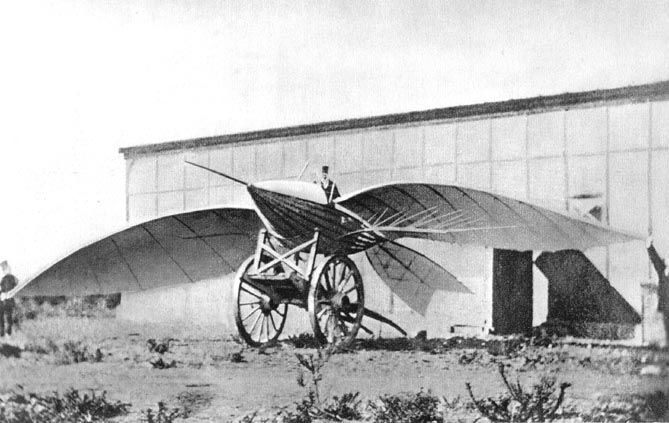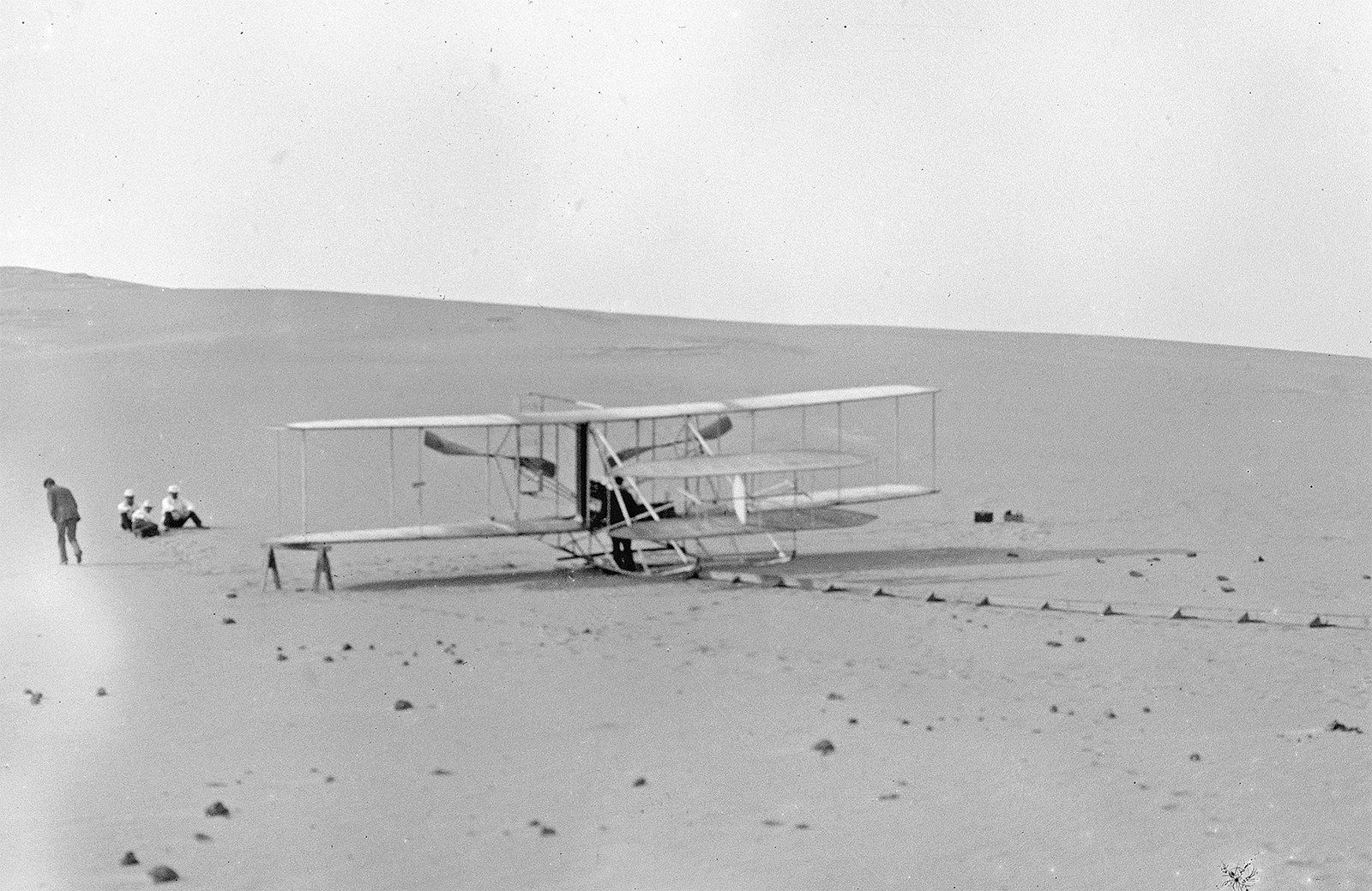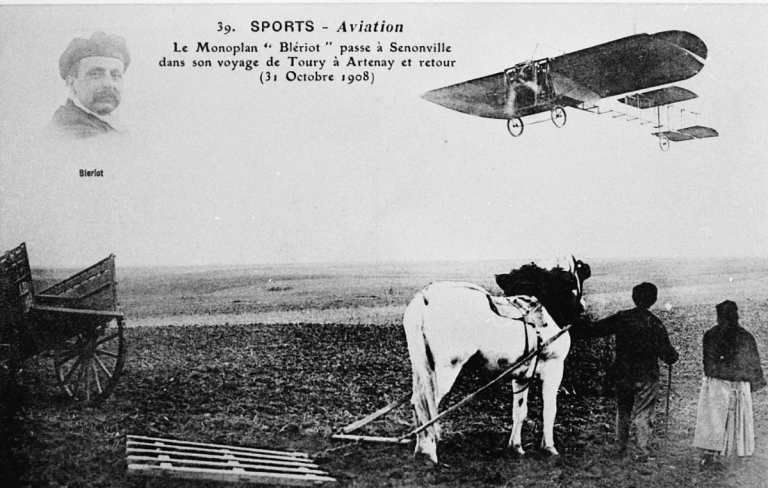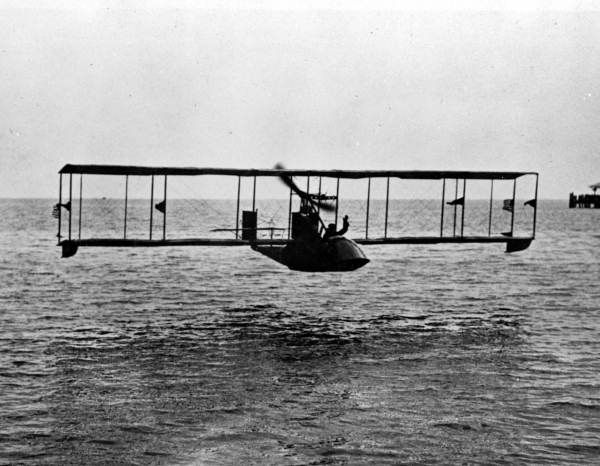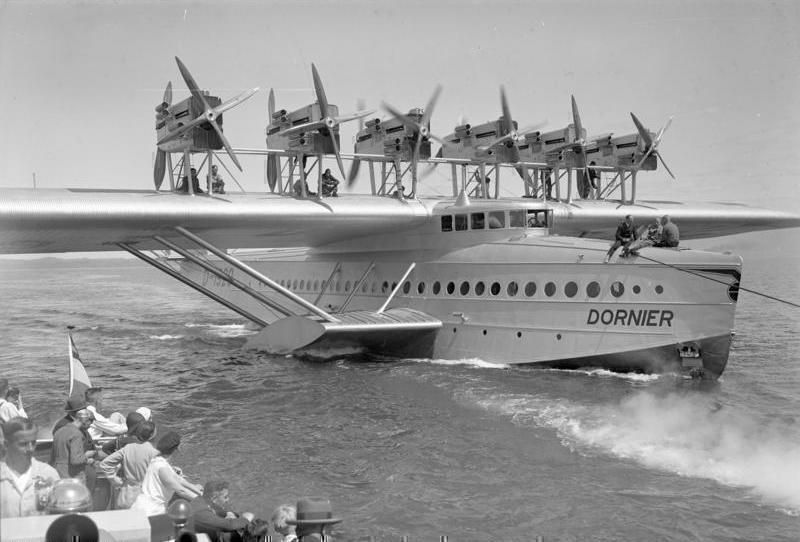Next year in December it will be the 120-year anniversary of powered human flight. Needless to say, aviation has come a long way since then. It is difficult to say if, when the Wright brothers built and successfully flew the world’s first motor-operated plane, they could imagine what kind of societal transformation they had set in motion. Did they envision aircraft flying faster than the speed of sound or carrying hundreds of people across oceans, complete with tax-free shopping and in-flight entertainment?
But just how did we get from Kitty Hawk to the Boeing 777X and beyond? Early changes to aircraft structure focused on the perfection of the techniques and methods of flight. Later, engineering moved on to being driven by trends in the market and airline capacity needs, looking to increase profitability and efficiency. As we move towards the middle of the century, these considerations continue to take center stage – but with the added complexity of decarbonizing the fuel source.
In this article, we will take a look at some of the key moments and events in the history of the evolution of the airplane. There are plenty of pivotal points to cover, and we will not be able to include everything, but we will try our best to share the most significant. Let’s dive into the evolution of the aircraft thus far – and where it could potentially go from here.
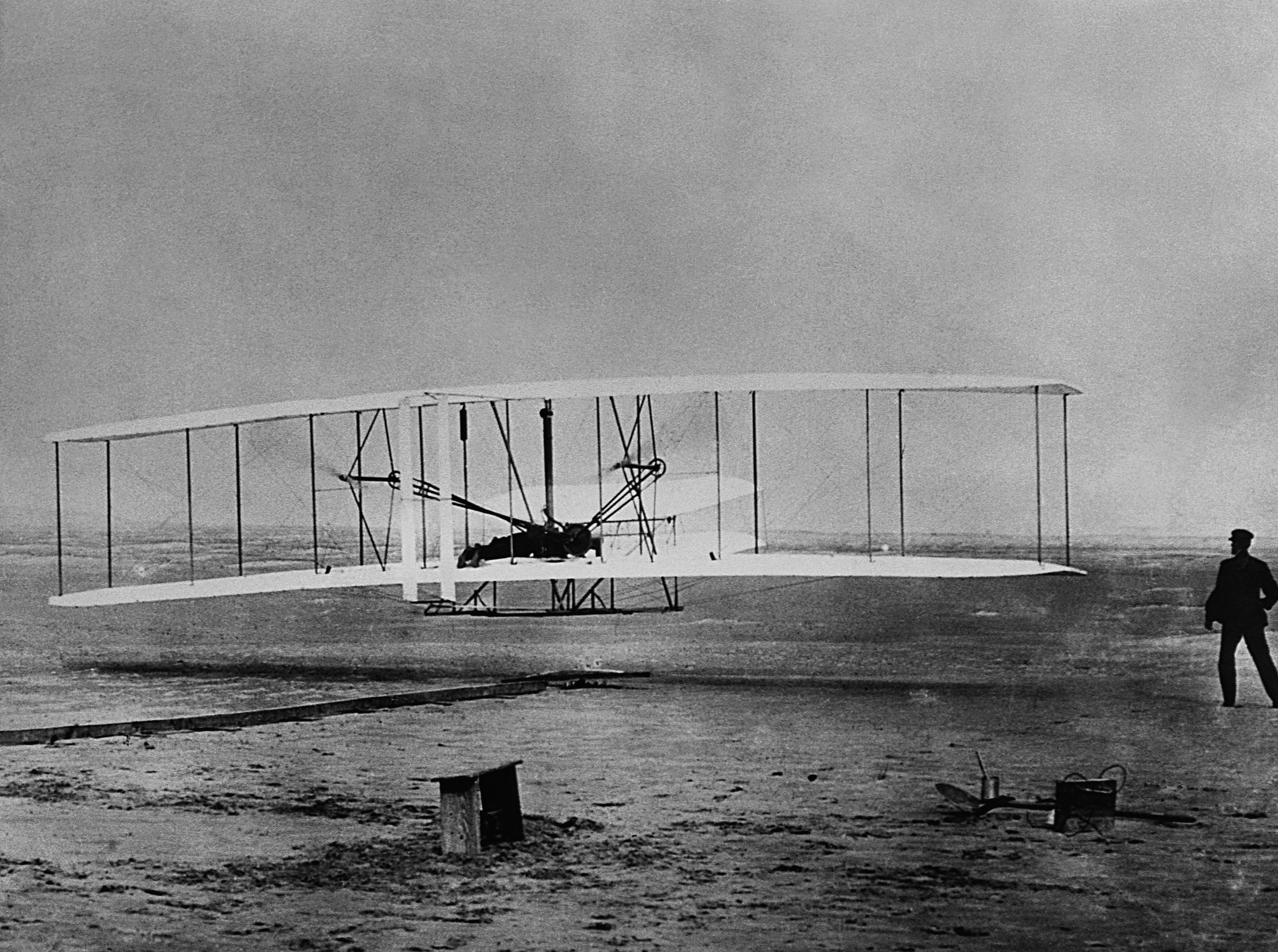
What came before Wright?
We tend to think of the start of the airplane as the first “sustained and powered” flight, and the Wright brothers are regarded as the first to achieve this in 1903. But there had beeninterest and experimentation in flight long before this.
For possibly the earliest recorded pondering of flight, take a look at the Greek legend of Icarus from over 2,000 years ago. Icarus and his father, the master craftsman Daedalus, try to escape from Crete (and the Minotaur) using feather and wax wings (no spoilers, but many of you may be familiar with how that turned out). Around the same time, several Indian epics refer to flying palaces (known as Vimana).
The potentially earliest real experiments began in the 9th Century with theAndalusian inventor Abbas ibn Firnas designing a simple glider. Writings at the time refer to how he “flew faster than the phoenix in his flight when he dressed his body in the feathers of a vulture.”
Some more in-depth experimentation took place in the 16th Century when Leonardo da Vinci researched the flight of birds and designed several flying machines based on the mechanisms he observed. His work survives in the “Codex on the Flight of Birds.” As fascinating as these works may be, as far as we know, no successful flying machine was built from them.
Powered propeller aircraft
Leading up to the Wright brothers
The English engineer George Cayley is one of the most important figures in the early development of the airplane. He was the first to investigate and document the forces of flight (weight, lift, drag, and thrust) and develop the concept of the airplane as a fixed-wing machine with systems for lift, propulsion, and control.
He designed and built several models, including successful gliders. His work, however, was limited by a lack of engine power or lightweight components. Nevertheless, what he designed had a lot of similarities with later powered aircraft, including the main wing and tail stabilizers.
Following the detailed studies by Cayley, there were several attempts to put them into practice. For instance, French aviator Jean-Marie Le Bris achieved flight with a glider pulled by a horse. You can see him in the photograph from 1868 below on the Albatross II. This is the first recorded photograph taken of a flying machine.
In 1886, another French aviator, Clement Ader, built a steam-powered airplane known as ‘Eole.’ This had partial success, achieving flight off the ground of about 50 meters.
The Wright brothers’ first flights in 1903
It was in 1903 that the first successful powered flight took place. Wilbur and Orville Wright flew the first powered airplane on December 17th, 1903, near Kitty Hawk in North Carolina. This is recorded by the record-setting body, the Fédération Aéronautique Internationale, as “the first sustained and controlled heavier-than-air powered flight.”
This first attempt in 1903 was a simple one. The aircraft only flew 37 meters and stayed airborne for just 12 seconds. The brothers kept working on this, and by 1905, their third aircraft, the Wright Flyer III, was capable of longer, controlled flight. Having added larger fuel tanks and engine coolant to facilitate more prolonged operation, the longest test flight in 1905 lasted 39 minutes and covered over 38 kilometers.
After these successful flights, the brothers disassembled the aircraft to prevent competitors from copying it. It was not until 1908, when the brothers had secured contracts in America and France, that it flew again. This time it was converted to carry a passenger. And in May 1908, mechanic Charles Furnas became the first airplane passenger in history.
Other aviators were working on similar designs around the same time. Perhaps the most significant was from the French inventor Louis Bleriot. The Bleriot VIII airplane, flying in 1908, first introduced the concept of a single stick to control both roll and pitch, with a foot-operated pedal for the rudder. The same concept has remained with aircraft right up to today.
Military aircraft from 1914
The outbreak of World War I in 1914 led to many companies and governments expediting aircraft design for military purposes. The propeller-based technology developed for previous early aircraft was taken further, producing larger aircraft with more speed and range.
Italy was one of the first countries to operate military reconnaissance aircraft (during the Italian-Turkish war in 1911). And during World War I, many countries used new or modified aircraft for photography, reconnaissance, bombing, and air-to-air combat.
In terms of aircraft technology, one of the most significant developments came from German engineer Hugo Junkers. HisJunkers J1 aircraft, first flying in 1915, was the first aircraft to have an all-metal airframe. This was important for the later development of larger passenger aircraft.
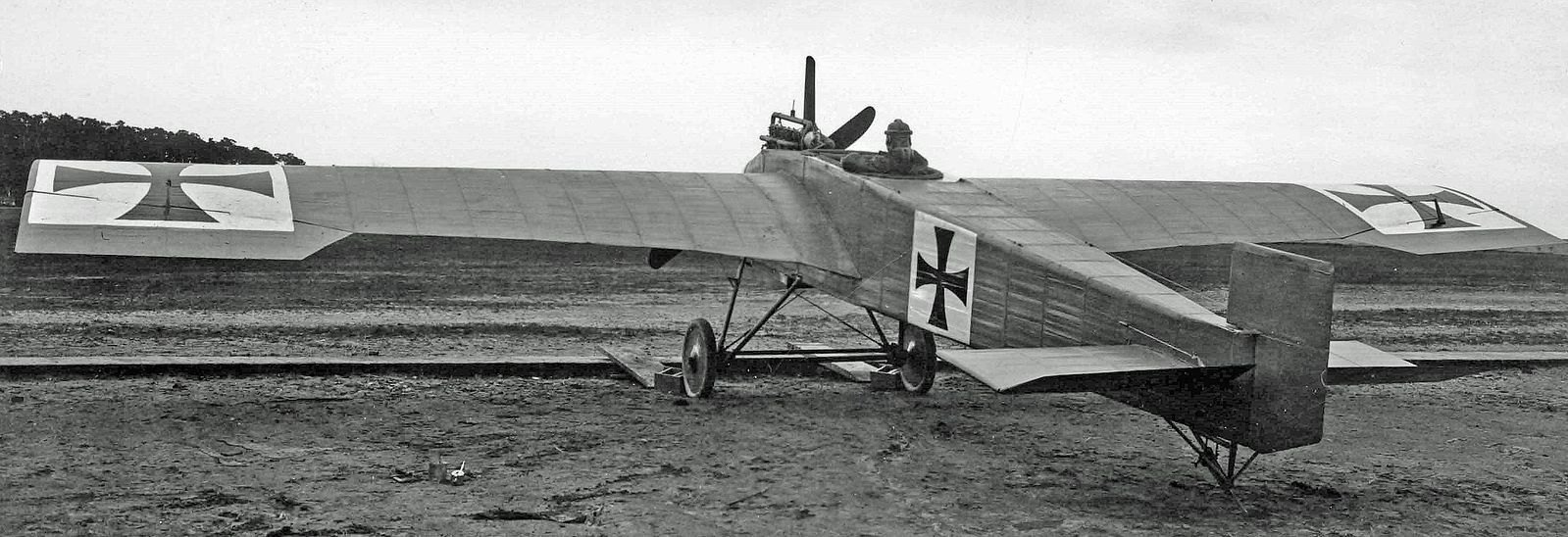
Developing commercial possibilities
As well as development for military use, companies began looking at the possibilities for revenue-earning passenger flights.
The first passenger service started in 1914. In January of that year, the St. Petersburg-Tampa Airboat Line started a service between St. Petersburg and Tampa across Tampa Bay in Florida. This 20-minute flight was a significant milestone, forming the start of commercial aviation.
After the war, there was a rush of propeller-based aircraft onto the civilian market. This gave rise to a new industry of leisure and sightseeing flights, as well as demonstrations and air shows. But there was also a desire, and incentives, to develop new services and expand the limits of aircraft.
The first transatlantic flight took place in 1919, with British aviators John Alcock and Arthur Whitten-Brown flying a modified Vickers military aircraft. This followed the offer of a prize of £10,000 from the Daily Mail newspaper in London for the first successful flight “from any point in the United States of America, Canada or Newfoundland and any point in Great Britain or Ireland in 72 continuous hours.”
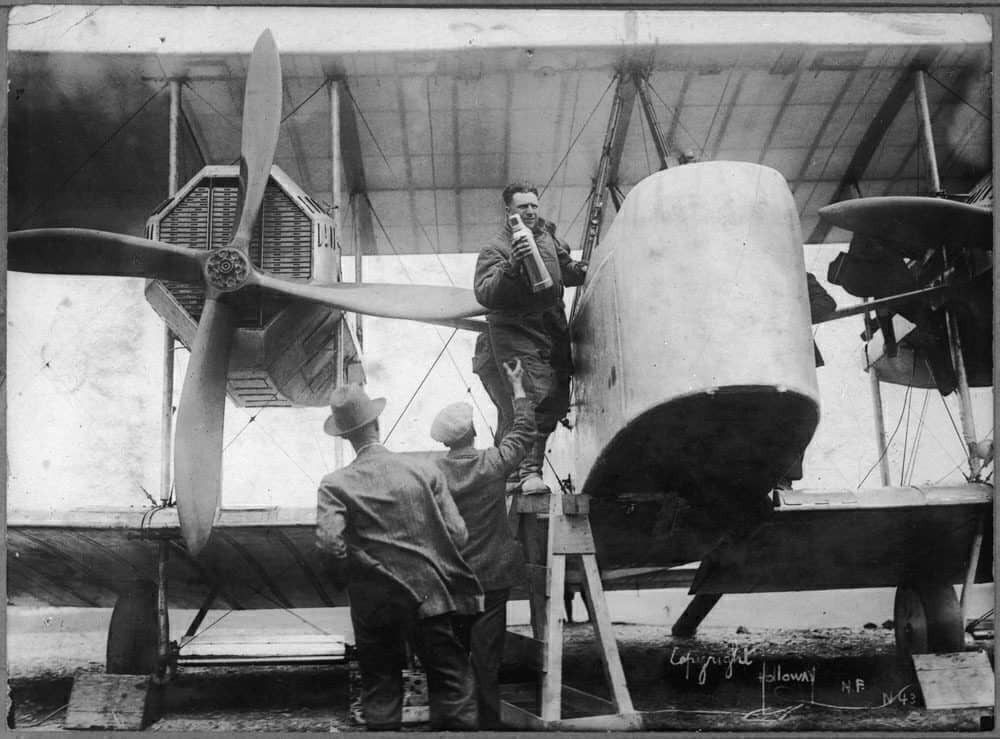
In 1927, Charles Lindbergh won the $25,000 prize for the first solo non-stop crossing of the Atlantic. Australian Charles Kingsford Smith (and crew) became the first to cross the Pacific in 1928 and the first to fly around the world in 1929.
This era also saw plenty of experimentation and development with aircraft types. For example, the German-built Dornier Do X, launched in 1929, was the largest aircraft at that time. It could carry up to 169 passengers (but usually only 66 or less if converted for overnight sleeping accommodation). This twelve-engine aircraft had a range of up to 1,700 kilometers and offered great potential. However, only three were ever built, with the Great Depression of the 1930s taking its toll.
Commercial success with the Douglas DC3
The years after World War I saw many aircraft developments. The aim was always the operation of successful and profitable commercial flights, and the first aircraft to properly achieve this was the Douglas DC-3, launched in 1936. It was not particularly large (compared to aircraft today or even some predecessors) and had a capacity of just 32 passengers (or 14 if equipped with beds).
The DC-3 improved on range, speed, and reliability. It offered a transcontinental US service with just three stops. According to analysis in the Smithsonian, it was the first profitable passenger aircraft, able to operate passenger services without any cargo or mail subsidies.
In total, over 11,000 aircraft (including variants) were built. Production continued up to 1942, when the surplus of ex-military aircraft entering the market after World War II came to an end. It is certainly a long-lived and well-built aircraft. As of September 2022, there were an estimated 164 DC-3s still in operation (though sadly not in passenger service).
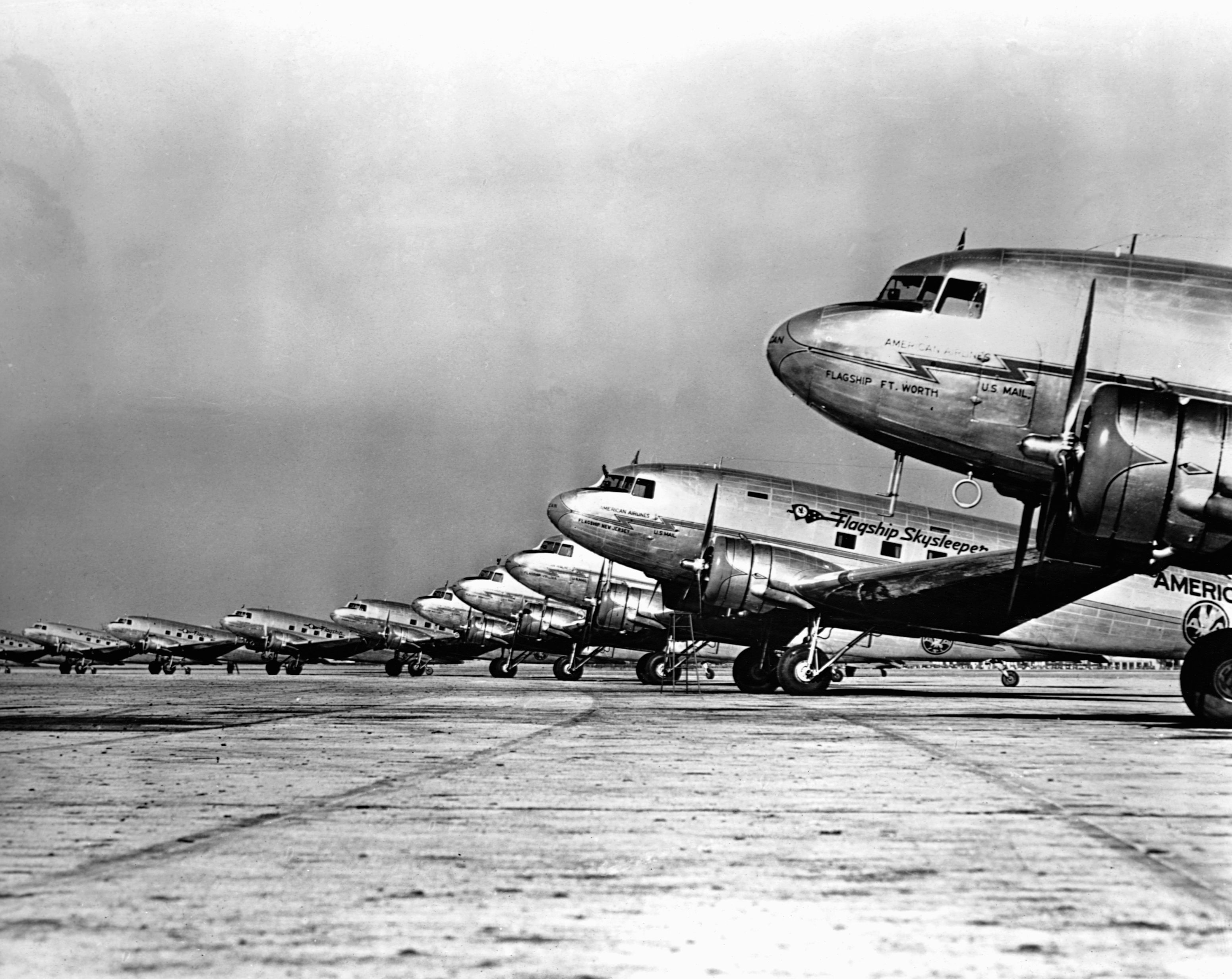
The start of the jet age – 1952
The next major advance in airplane design was the introduction of the jet engine. Development work on jet engines began in the 1930s, and the first operational jet aircraft was the German Heinkel He 178 in 1939, and then the Messerschmidt Me 262, which saw military service in Germany from 1947. And in Britain, Boeing introduced the jet-powered B-47 for military use in 1947
De Havilland Comet
The first passenger jet aircraft, though, was the de Havilland Comet, entering service in 1952. While it marked a significant step forward in aviation, this early jet aircraft had a number of serious problems. Most notable were issues with its fuselage, windows, and pressurization. It was not until its fourth iteration, the Comet 5, that the problems were solved and sales increased. But, by this time, other aircraft designers had learned from the early mover’s mistakes and offered competitive alternatives.
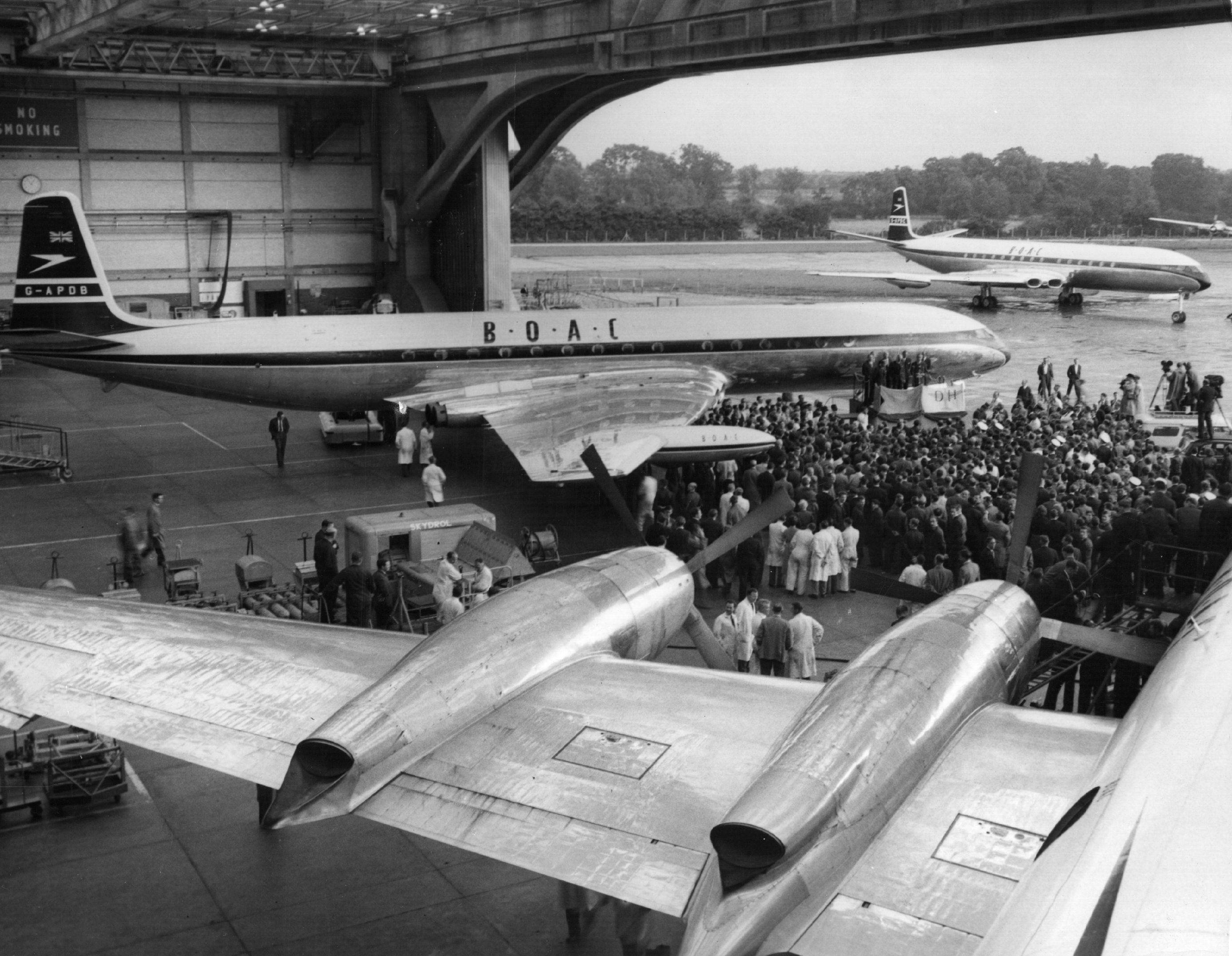
The Boeing 707
There were several successors and competitors to the Comet, including the DC-8, Vickers VC-10, the Tupolev Tu-104, and the Boeing 707. These were all interesting aircraft in their own ways, but the 707 stands out as the most successful.
To construct the passenger jet, Boeing built on its established success with military aircraft. It used the same Pratt & Whitney turbojet engines as the B-52 Stratofortress, and its original design was intended to double up as a military tanker aircraft. It first flew in December 1957 and remained in production until 1978, with 856 units built and delivered to airlines.
While it was not the first commercial jet aircraft, it was the first highly successful one and is often credited with ushering in the jet age. It also established Boeing as a dominant civilian manufacturer and marked the beginnings of the 7×7 series, which, of course, continues until this day.
Boeing incorporated many design elements based on problems with earlier jet aircraft and from customer feedback. This included:
- A wider fuselage, allowing five abreast seating and better cargo payload.
- Moving engines to underwing pods was considered safer in the event of a fire.
- Changes to flap design, and fuselage strengthening.
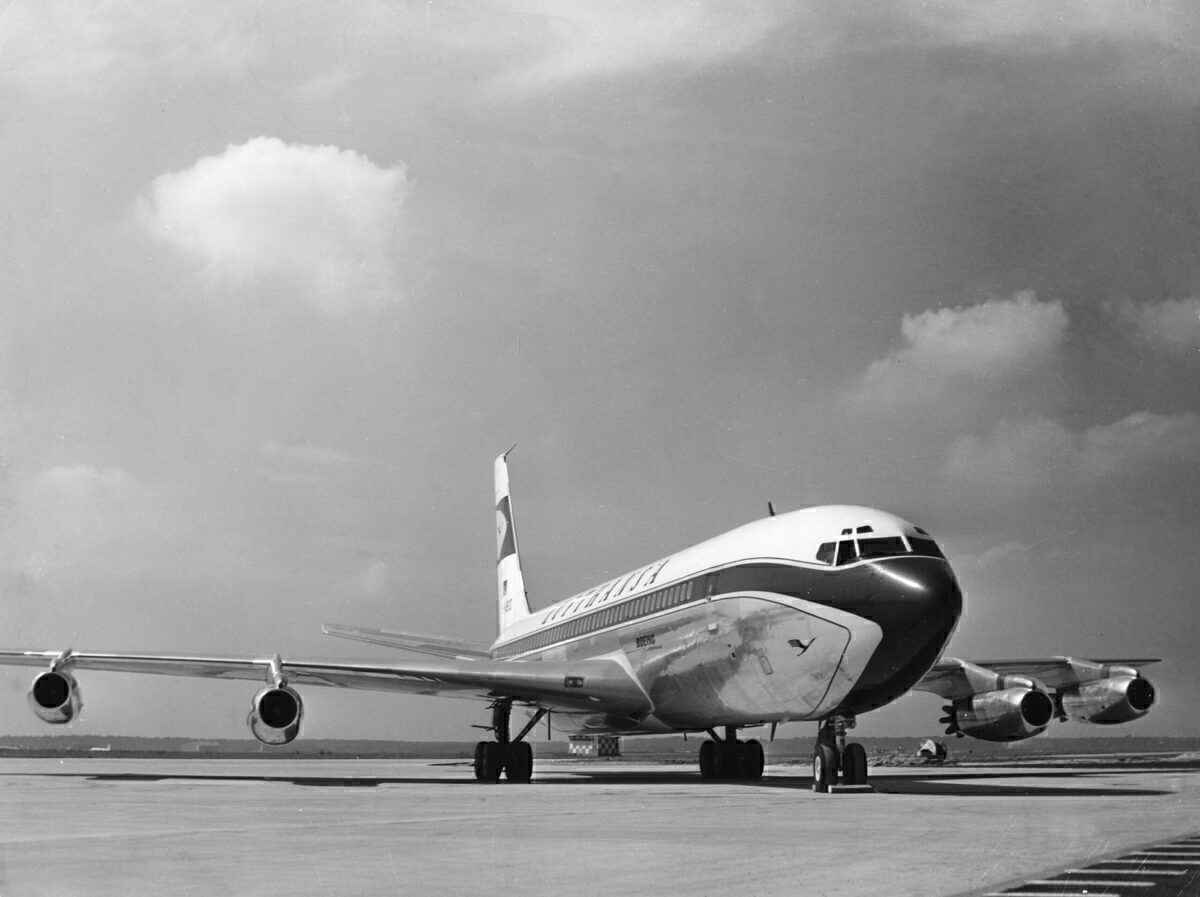
Adapting to the market – the 737 and the A320
Since the 1950s, there have been fewer fundamental changes to airplane design. The cylindrical fuselage has remained the standard airplane shape. Hydrocarbon-powered jet engines have remained but improved in power and efficiency. Cabin and cockpit technology have similarly improved but are still based on the same designs and concepts.
Boeing’s evolution of the 737 series demonstrates this trajectory well. Following its success with the 707 and 727, it designed a new aircraft to beat the competition and win customers. The aircraft launched in 1967 and offered several design differences setting it apart from competitors:
- Two engines rather than three or four. This appealed to customers looking to lower costs.
- Engines mounted under the wings, offering easier access and allowing a wider cabin.
- A wider fuselage offering six abreast seating, and handling of standard cargo containers.
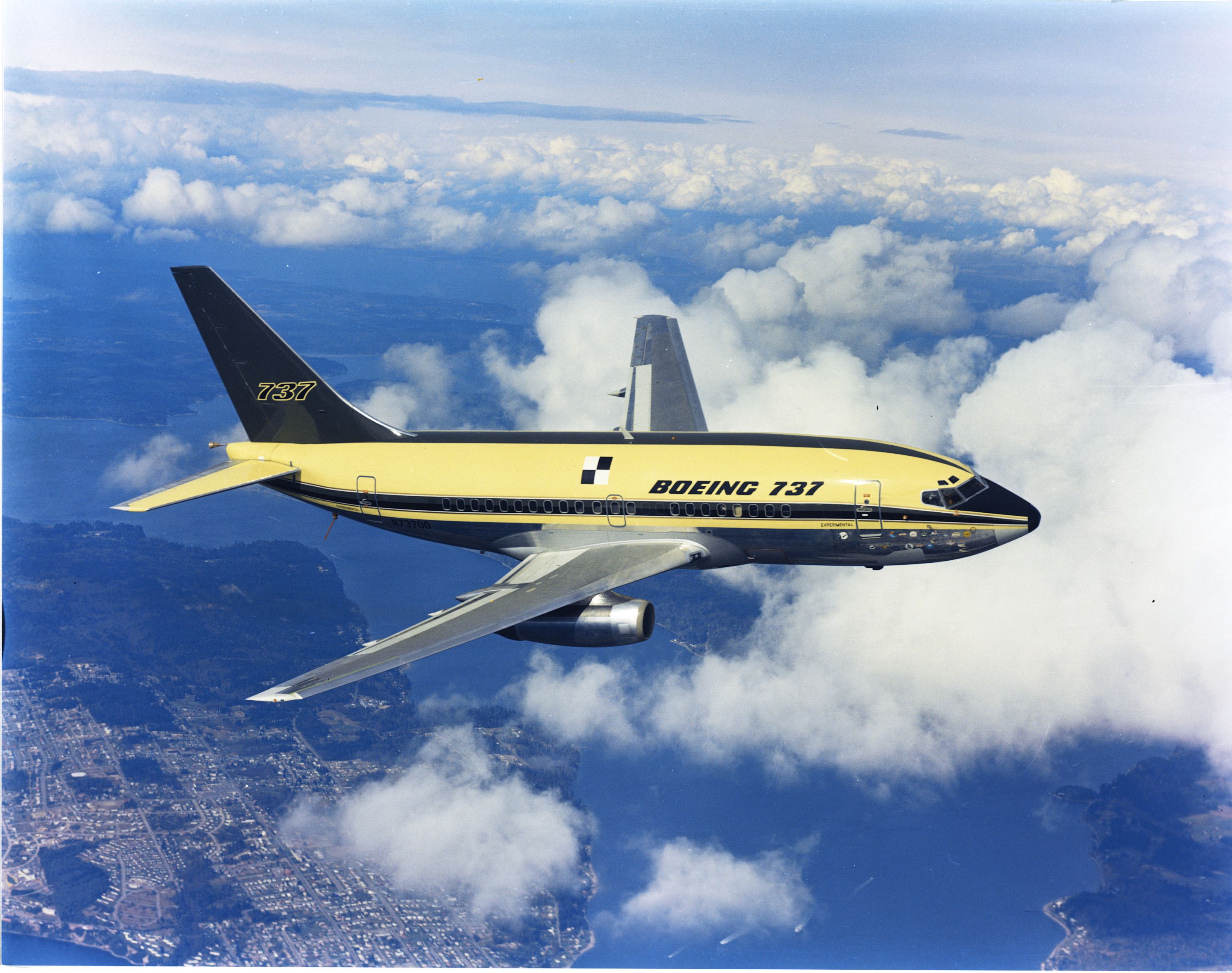
The 737 has remained with us since 1967, moving through many variants. Each of these has offered updates to meet airline preferences and demands. This has included, for example, options such as combined cargo models, and adaptions for gravel landing, and an evolving focus on new engine technology and efficiency improvements.
But the base design, fuselage structure, and wing design, for example, have remained much the same. Why change what is already working, when you can improve it instead, especially when this eases the way from a certification perspective?
The Boeing 737 has been the most sold aircraft to date, and despite the hiccups in sales for its latest addition, the 737 MAX, caused by two deadly crashes and subsequent grounding of the type, it looks to continue its successful trajectory. According to Boeing’s data on orders and deliveries in November 2022, the aerospace manufacturer has received 18,008 orders for all variants of the 737 family to date.
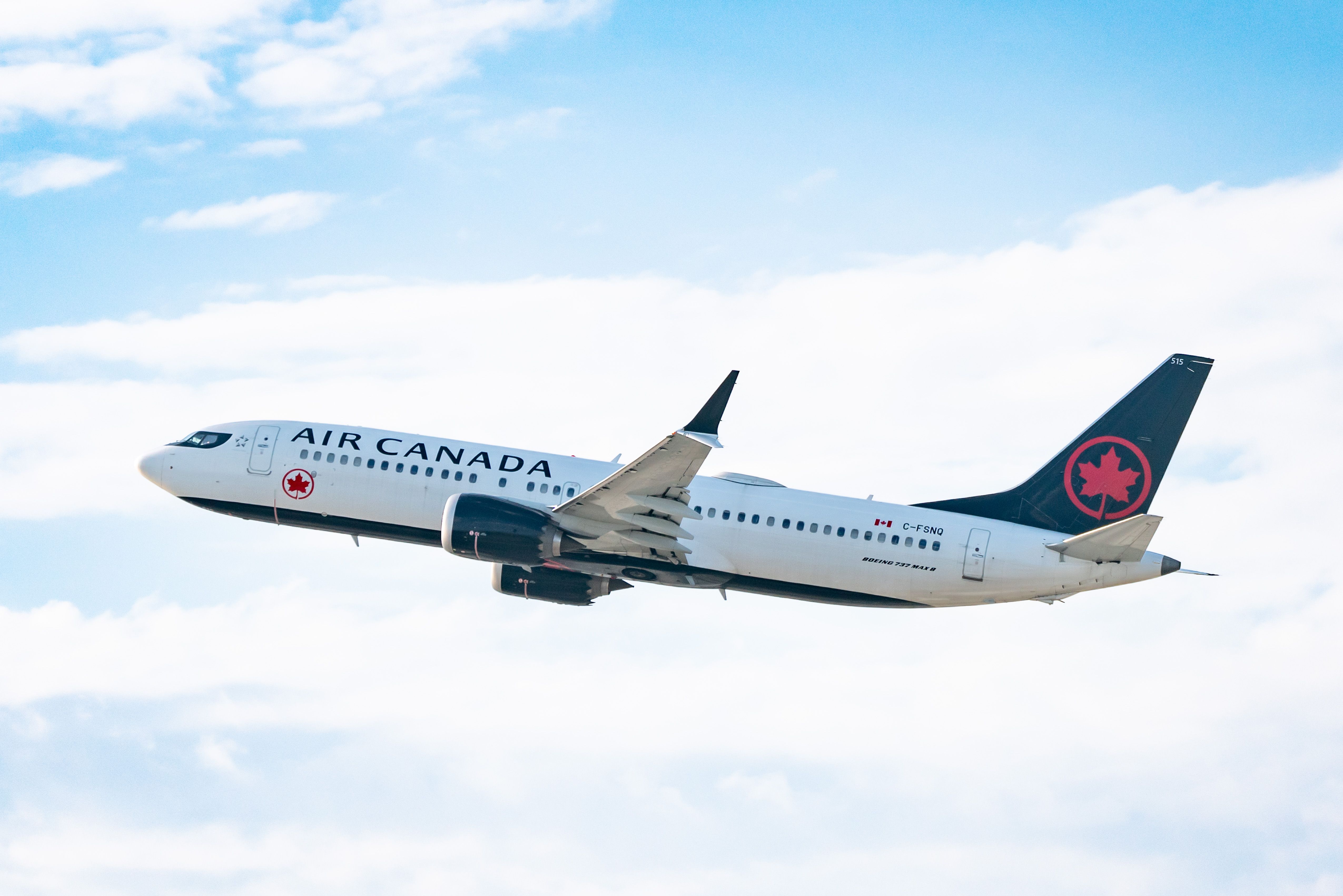
Airbus has followed a similar strategy with its A320 family. Since the launch in 1987, Airbus has offered several different-sized variants and evolved these to provide technology and efficiency upgrades, including the latest addition of the new engine option, or neo, offering approximately 15% better fuel efficiency than the current engine option, or ceo.
It may have started later than Boeing, but it has also seen tremendous success. For a short period of time, the A320 family even overtook he Boeing 737 in numbers of aircraft ordered. However, it now sits a few hundred behind at a total of 17,567, according to Airbus’s data for orders and deliveries from October 2022.
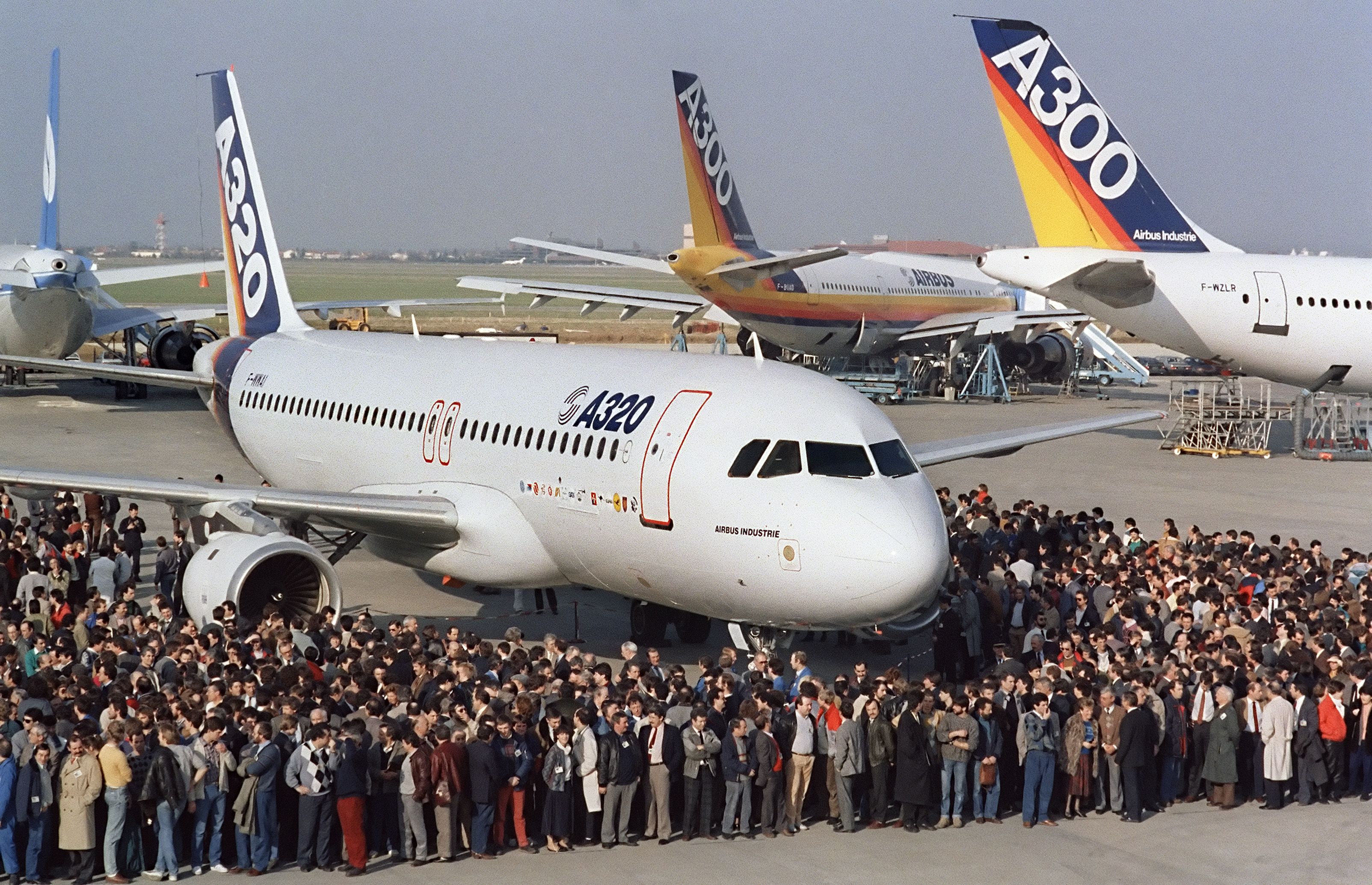
Making aircraft larger – the Boeing 747
The other significant change since the early jet aircraft was the development of larger aircraft. The best example here is the launch of the Boeing 747 in 1970, which was the best-selling widebody, having sold 1,768 copies across all variants, before it was passed by the 777, which, including the forthcoming 777X, has amassed 2,352 orders.
The motivation for the Jumbo came from Pan American World Airways. The carrier asked Boeing to design an aircraft around 2.5 times the size of the Boeing 707. Development began once Pan Am committed to an order for 25 aircraft in April 1966. Such close interaction between one airline and a manufacturer is unusual, and the involvement of Pan Am in the 747 has since been unmatched in other developments.
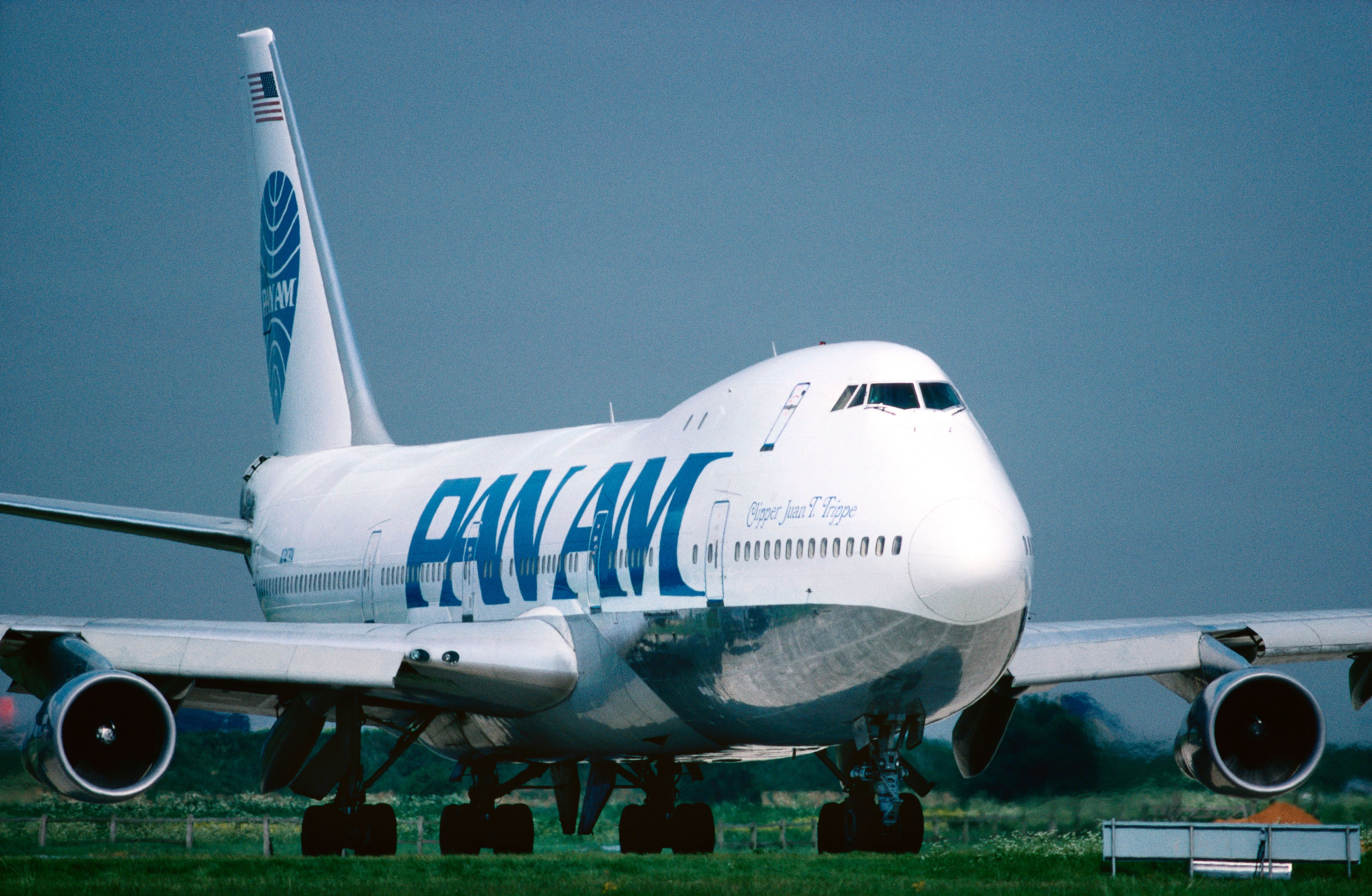
Such a large aircraft required several changes to previous aircraft design, including:
- The addition of a second deck. This was initially planned to be a full deck, but it turned out not to be possible due to safety restrictions at the time. The resulting design allowed for a full deck of cargo, and nose loading, a significant success factor for the 747.
- A new high-bypass turbofan engine design was needed for the larger, heavier airframe. Pratt & Whitney joined the 747 development, designing the JT9D engine specially for it.
The 747 was significant not just from a technical point of view, but also from an economic one. It changed travel in several ways. It allowed airlines to offer lower fares and longer routes. Combined with the deregulation of airfares in the US around the time of its launch, this opened flying up to many more passengers.
The extra available space gave airlines new options for onboard facilities and cabins. Some of the luxuries seen in the early days of aviation returned, including spacious first class cabins and lounge areas. Airlines also used the extra space to create new cabins. This began in the 1970s as some airlines created a ‘premium’ offering within their economy cabins, and by the 1980s, it led to what we now know as business class as a third cabin.
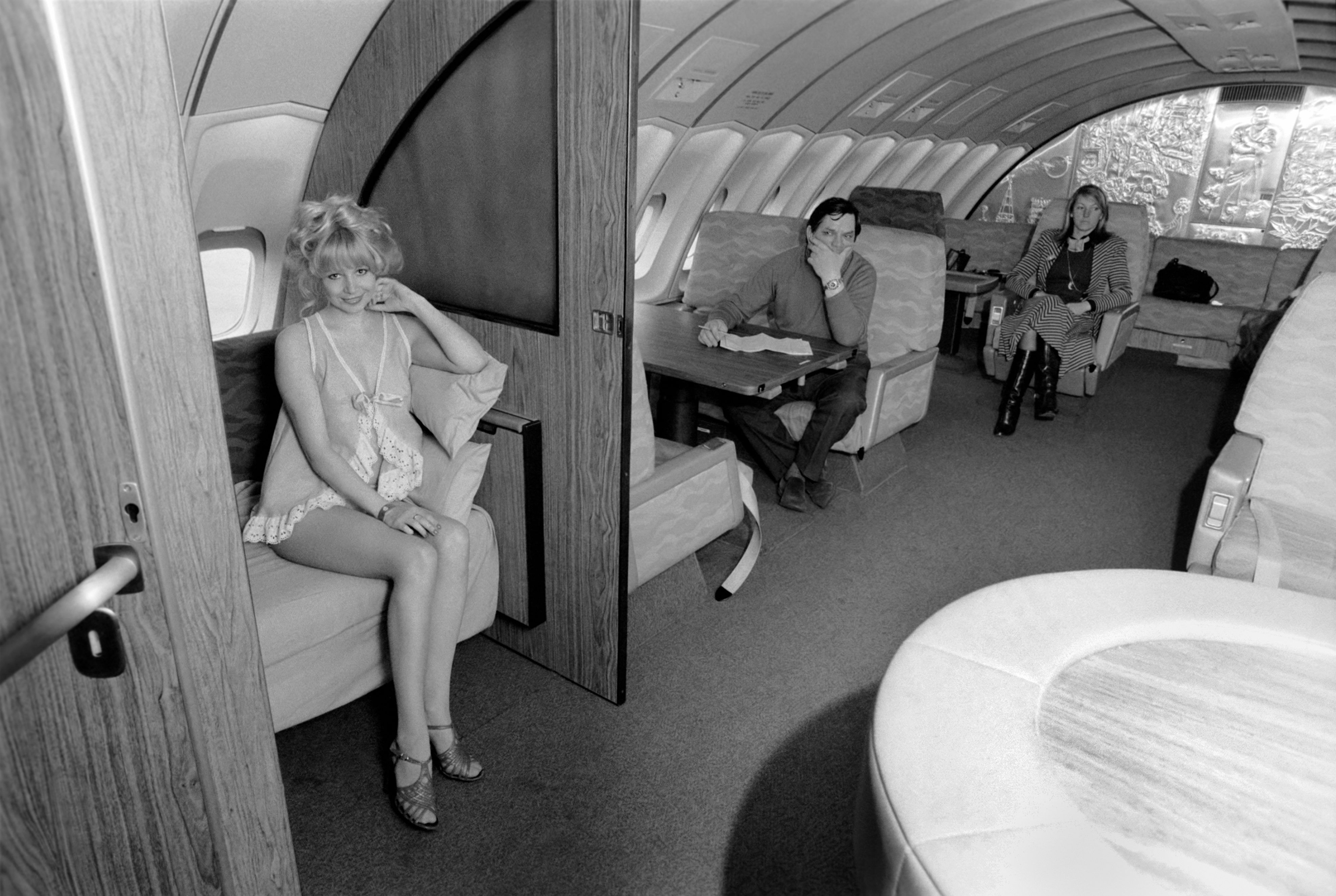
And larger again with the A380
Aircraft size limits would not be pushed so far again until the development of the Airbus A380. Airbus looked at various versions of a large aircraft, including an interesting design of combining two large fuselages side by side (based on the A340). This eventually led to the concept of a two-deck aircraft. The A380 was formally announced at the Farnborough Air Show in 1990, with a target of 15% lower operating cost than the 747.
-Airbus-A380-861-A6-EOC-(2).jpg)
Several other large aircraft were proposed but never built, including:
- The two-deck McDonnell Douglas MD-12, proposed in 1993 but canceled due to lack of interest from airlines.
- Lockheed Martin planned a Large Subsonic Transport aircraft in 1996, seating over 900, but faced technical challenges.
- Russia proposed an ever larger, up to 1000 capacity, Sukhoi KR-860.
- Boeing twice proposed to stretch the 747 but dropped it to follow point-to-point models with the 777.
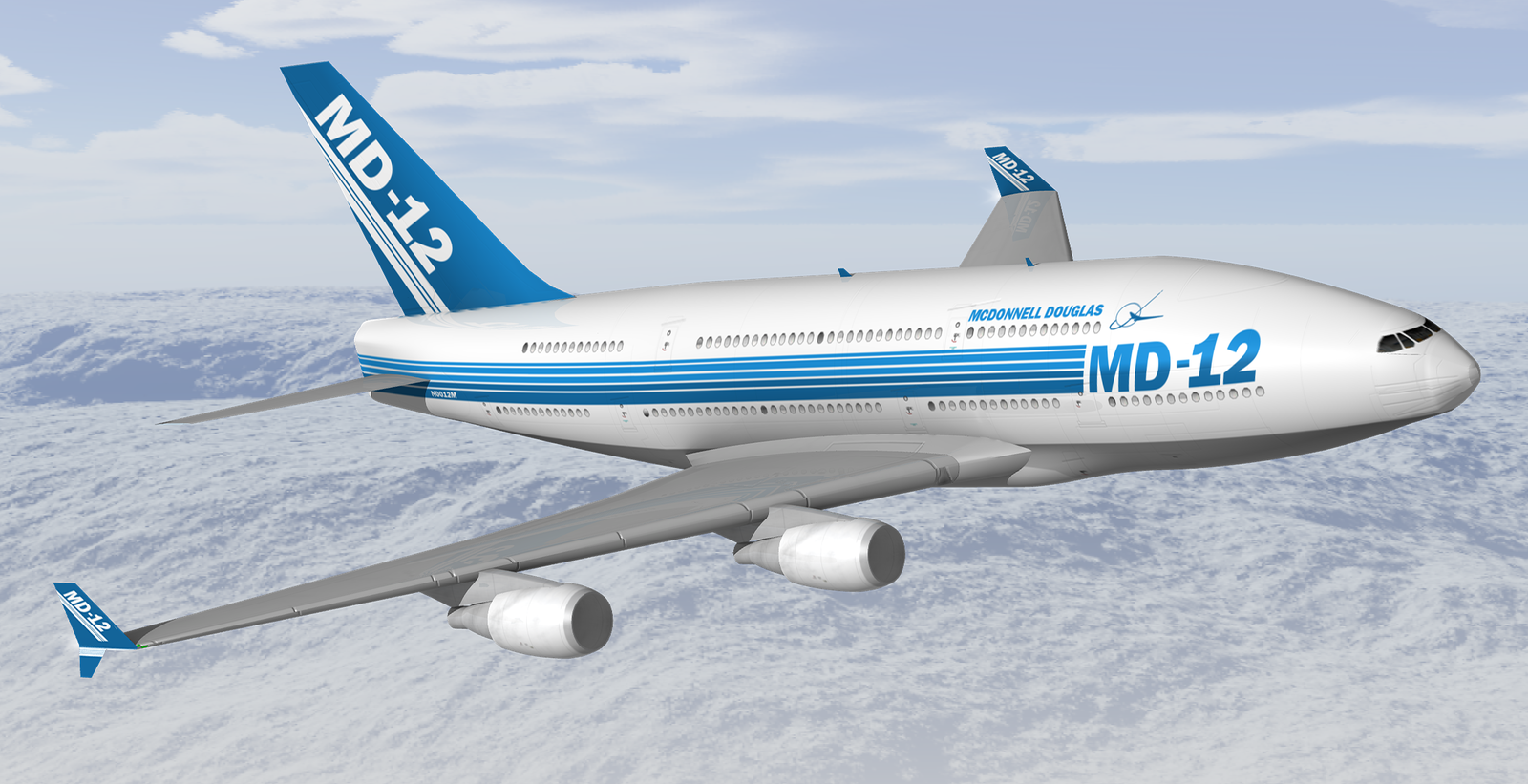
The A380 is a great aircraft, but it did not see anywhere near the same success as the 747. It is not so much the design that has let it down – engineering a two-deck aircraft was an outstanding achievement. It was more the changes in operating models and preferences that sealed its fate. And, of course, the global health crisis sped up its demise with many airlines, although some, such as Qantas, who were uncertain about its place in their fleet have brought it back out of storage.
The A380 received 251 orders before production wound down, with the final A380 rolling out of Airbus’ facilities in Toulouse in December 2021. The idea at the time of launch was that airlines would use it for high-capacity, hub-to-hub routes. Preferences changed, though, with many airlines shifting to a point-to-point model, with more efficient, lower-capacity aircraft.
It also carries one significant design limitation: its size and large wingspan severely limit the airports to which it can operate. This is something that Boeing has learned from with its new 777X, developing folding wingtips to get around this problem. Meanwhile, the Super Jumbo’s staunchest advocate, Sir Tim Clark, claims airlines just were not using the aircraft to its full potential. We have looked before at why the A380 may have very well been less successful due to being ahead of its time.
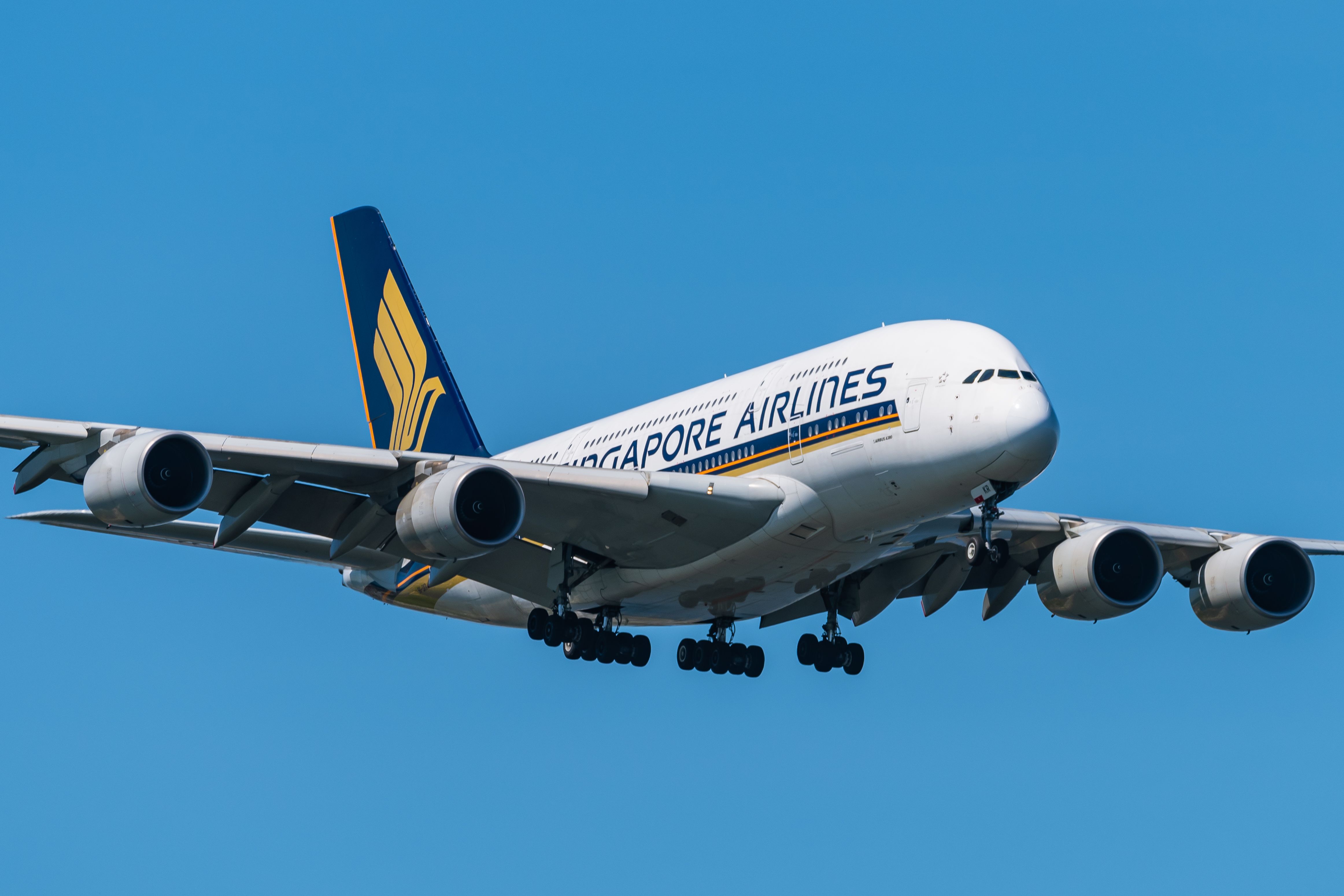
Supersonic aircraft
For many aviation enthusiasts, the peak of jet age possibilities was reached with supersonic flight. The sound barrier was first broken in 1947 by the American experimental aircraft the Bell X-1. This was powered by a rocket-based engine using liquid oxygen and ethyl alcohol.
.jpeg)
Developments after this resulted in plenty of supersonic experimental and military aircraft. But it was not until the 1960s that supersonic passenger aircraft were developed, most famously, Concorde.
Supersonic aircraft required some major changes in aircraft design:
- Significant extra power was needed to overcome additional drag at high speed.
- The wings needed to be re-designed to lower wingspan (and, with it, drag). The solution reached for Concorde was a delta wing, which is much more efficient at high speeds (but with compromise and high angle of attack at low speed).
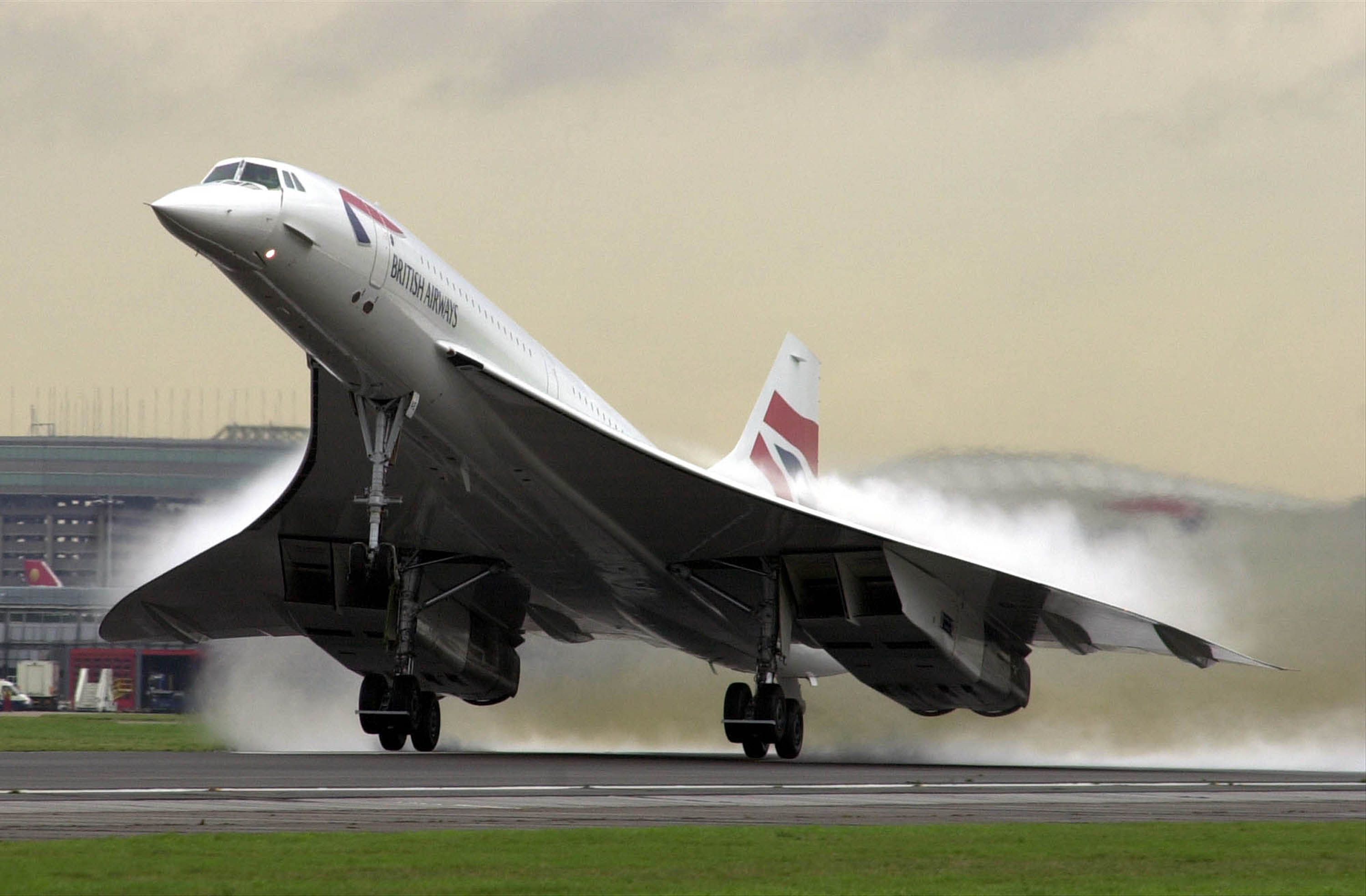
Concorde is the most well known supersonic aircraft. It was a joint development aircraft between the UK and France and was launched in 1976. Only 20 aircraft were built, and only British Airways and Air France ever operated them. It was not initially intended for just these two airlines, though, and in fact, 18 airlines placed options for it.
There was also a supersonic aircraft developed by Russian manufacturer Tupolev, The Tu-144. Meanwhile, Boeing came close to producing the supersonic 2707 but canceled the project due to insufficient orders.
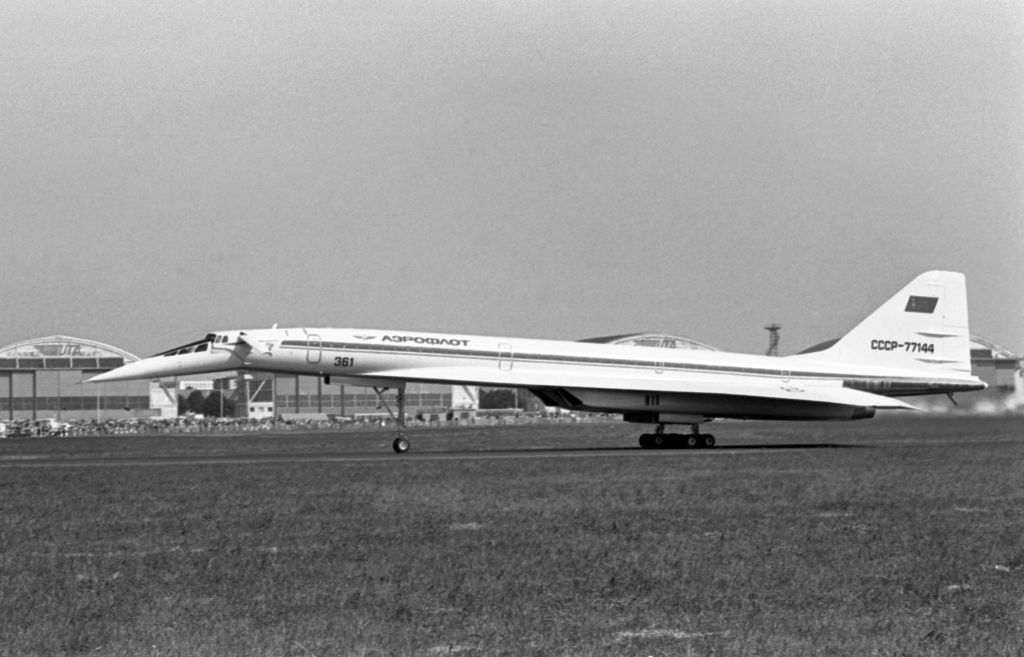
Supersonic travel is an exciting development, but it ended with the retirement of Concorde in 2003. The limitations are not so much in airplane technology but in efficiency and cost. High operating costs lead to high ticket prices, and this is not a route that manufacturers and airlines have chosen to follow post-Concorde. This may change soon, however, with US company Boom Supersonic developing Overture, a Mach 2.2 supersonic passenger aircraft, which has received substantial orders from both United and American Airlines (although it is still, at the time of writing, in need of an engine maker).
Improvements in efficiency
A major focus of the past couple of decades has been on improving airplane efficiency. Many of the early achievements were fantastic, but resulted in heavy aircraft, fuel-hungry engines, and high levels of emissions. As technology has improved and attitudes towards carbon footprints have shifted, manufacturers have focussed on making change to reduce fuel burn.
Switching to twin engines
One of the significant changes to affect aircraft since the 1970s has been the improvement in twin-engine performance and safety. Early jet aircraft (such as the Comet and the 707) had four engines. At the time, twin engines were severely limited in where they could fly, having to remain no more than 60 minutes away from a diversion airport. Transoceanic flights remained the domain of four-engine and later three-engine aircraft.
.jpg)
This changed from the 1980s with the introduction of ETOPS (Extended-range Twin-engine Operational Performance Standards). This allowed twin-engine aircraft to be approved to fly further from a diversion airport, recognizing their improving safety standards. The first rating, of 120 minutes, was given to Trans World Airlines flying a Boeing 767.
Ratings have since increased significantly. The A350, for example, is rated to fly 370 minutes from a diversion airport. This has been a major factor in the decline of four-engine aircraft, making way for significant improvements in much more efficient and cost-effective twins.
Four engines are now only needed for heavy airframes (such as the A380). There are limited advantages in routing any more, as this map of the off-limits areas for the higher ETOPS rating show. The only places that require four engines now are flights over Antarctica.
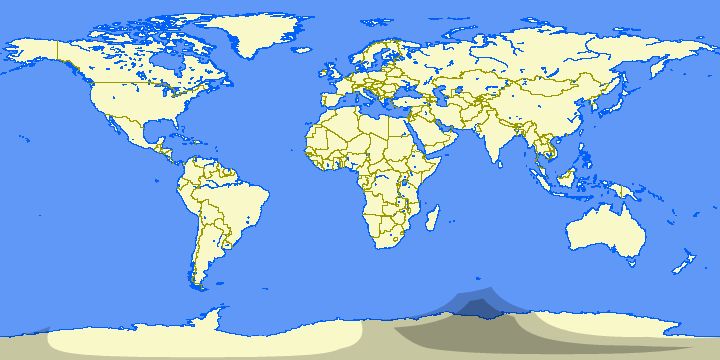
Improving new aircraft
As new twins have been introduced, there has been a constant effort to improve efficiency. Changes have included more efficient (and lower emission) engines, aerodynamic and wing design changes, and increasing use of composite materials in aircraft construction.
This has been one of the major changes in the new series of 737 and A320 aircraft introduced over the past decades. For example, each new series of the 737 has introduced improvements. The Classic series improved engines and aerodynamics over the Original series; the Next Generation series did the same to compete with the new A320; and the 737 MAX Series took this even further to compete with the A320neo.
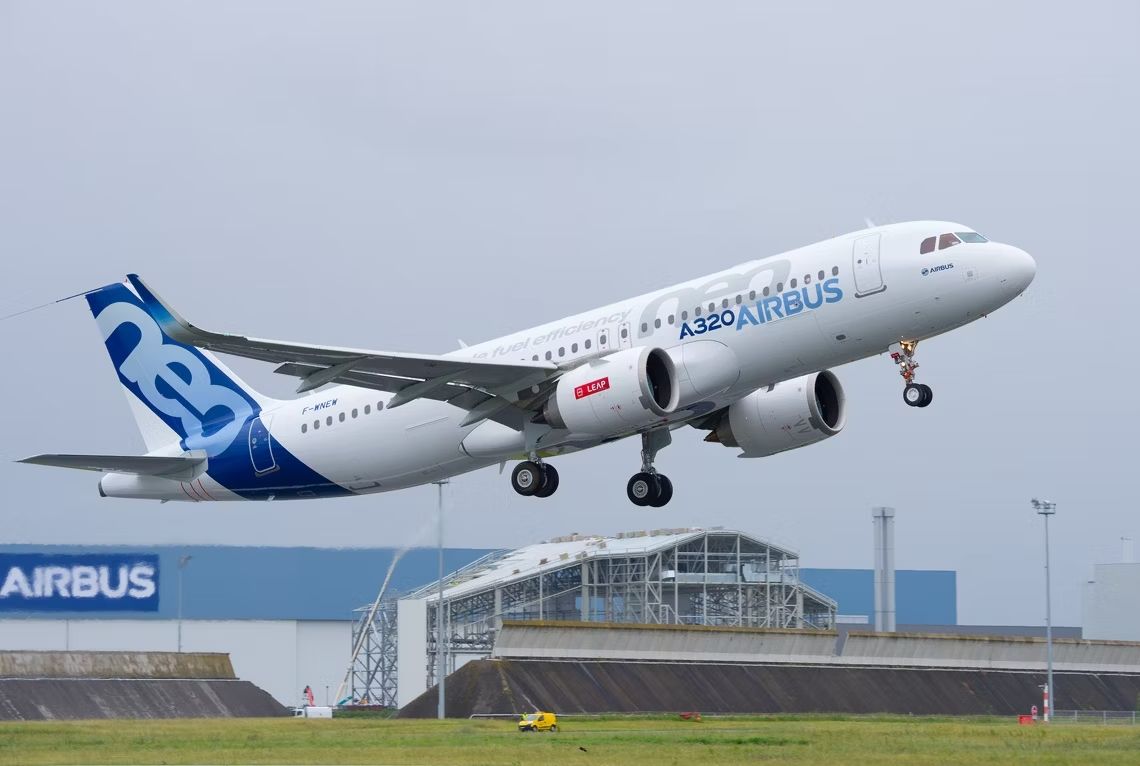
A similar evolution has taken place with widebody aircraft. The 777 series has seen many improvements since its launch in 1989, including efficiency improvements. And the new 777X will take this even further.
The Boeing 787 is another excellent example of this. The program was initially known as the 7E7 program, with the E representing the leap the aircraft would make in efficiency, economy, and environmental standards. And it has delivered on this efficiency, as Simple Flying has explored previously (in comparison with the A350). It is regarded as the most fuel-efficient aircraft on the market.
.jpg)
More improvements coming in the future
The 777X and further improvements in efficiency
For the moment, the near future of airplanes lies in further technology and efficiency gains. One of the most anticipated new aircraft, the Boeing 777X, has been marred by delays and is now expected to enter service in 2025. However, despite the delay the jet is does constitute the next leap in dual-aisle aircraft.
The 777X promises incredible fuel efficiency with innovations including:
- The largest engines ever on a civilian aircraft (though also made lighter with composite fan technology).
- Folding wingtips to allow larger wings to improve efficiency, but not restrict airport operations.
- Composite wing construction, and raked wingtips.
Boeing is not alone with pushing efficiency in new aircraft. The Airbus A350 is also a highly fuel-efficient aircraft, with 53% composite construction, ‘adaptive’ wings that move in flight to reduce drag and advanced aerodynamic improvements to the wing shape.
-(1).jpg)
Introducing new technology
Looking further ahead, there are moves to radically change how aircraft are powered. The world’s addiction to fossil fuels needs to be dealt with if we are to have any chance of halting global warming. As such, even hard-to-abate sectors such as aviation must explore innovative routes to decarbonize operations. Options currently being explored and developed include battery technology and hydrogen power. Of course, the scaling of sustainable aviation fuel is one of aviation’s best bets in slashing CO2 emissions, but it can be used with current technology aircraft and engines.
Both of these technologies have seen developments geared for short-haul air travel, but may be a long way from adoption in significantly larger aircraft designs. Hydrogen-electric fuel cells may be retrofitted onto planes the size of a Dash 8 by 2026, and electric aircraft carrying 30 passengers are predicted to enter service a couple of years later. Airbus has promised it will have a hydrogen-powered medium-sized jet ready by 2035. This will most likely not be the rendered blended wing design from the manufacturer’s ZEROe concept aircraft. However, blended-wing planes may prove to be another exciting development yet.
Both electric and hydrogen technology come with a fair amount of challenges, but initiatives and investments are beginning to pick up, for hydrogen-electric fuel cells as well as electric planes, including eVTOLs (Electric Vertical Takeoff and Landing vehicles). The Wright brothers could hardly have predicted where aviation would go 120 years from their first flight. Who knows where it will be in another 120?
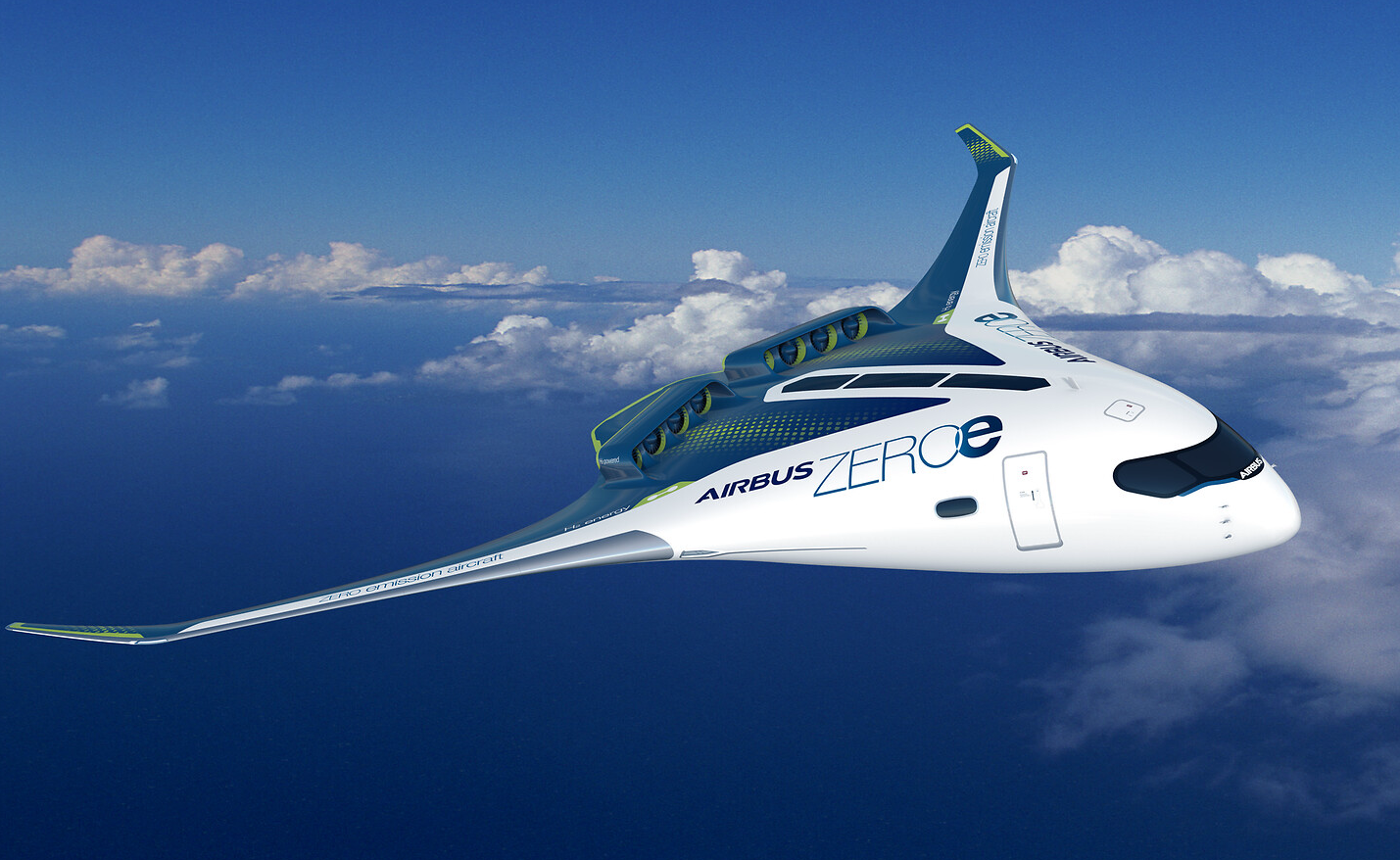
There are so many events, developments, and different aircraft involved in the evolution of air travel. This article has looked at just some of the most significant. Feel free to discuss more in the comments below. We would love to hear about other events of importance you would like to highlight.


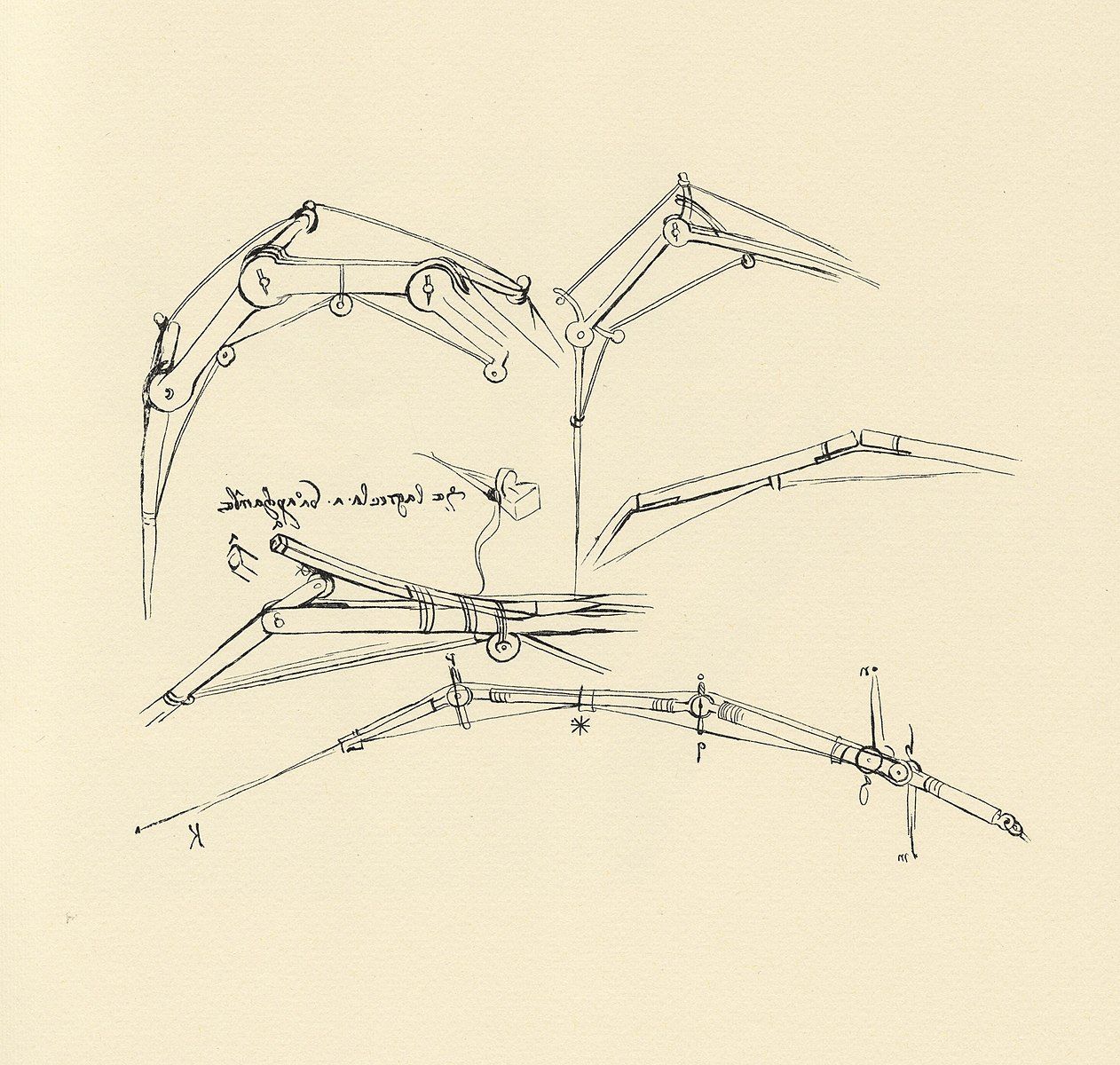
.jpeg)
